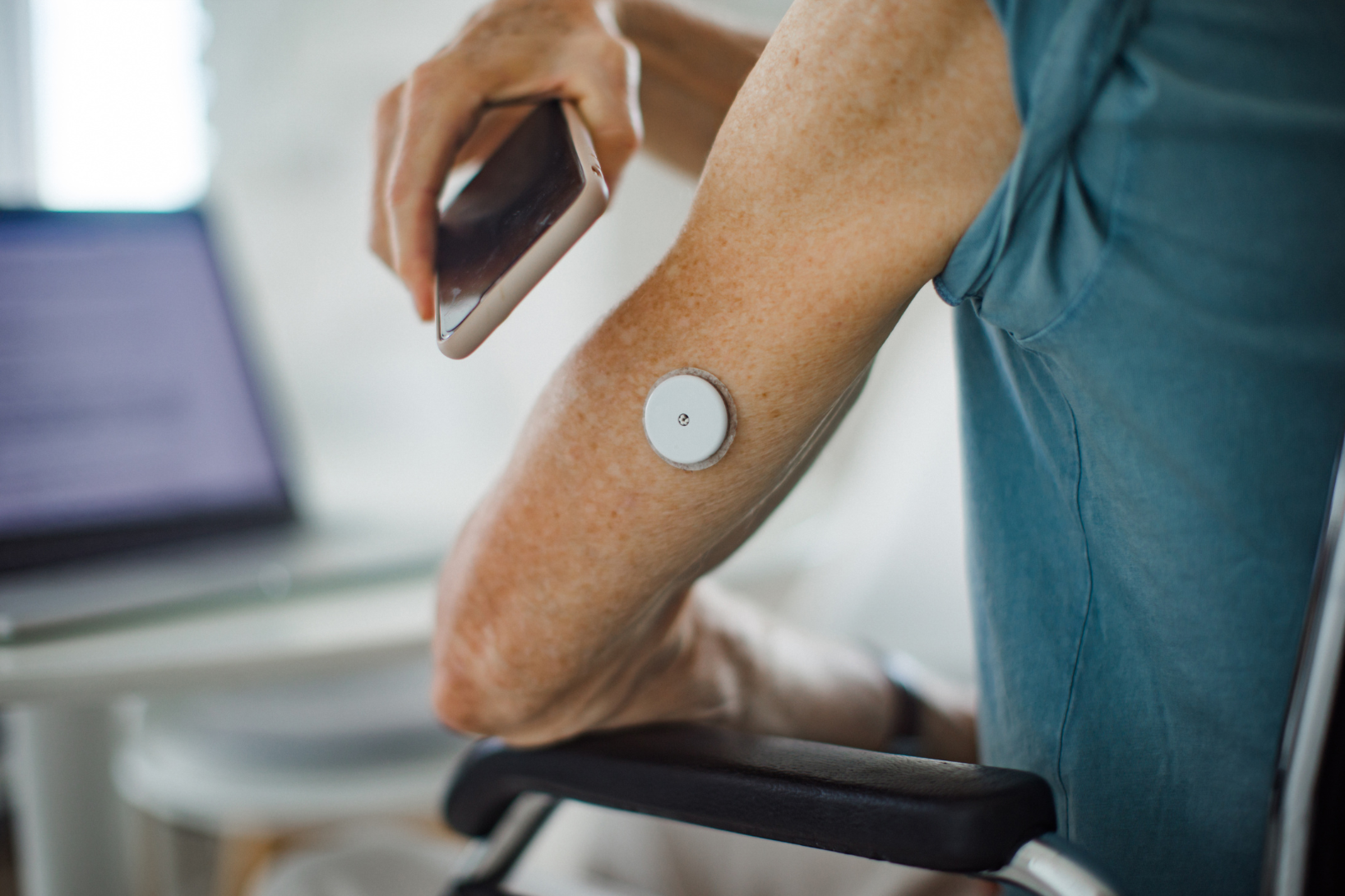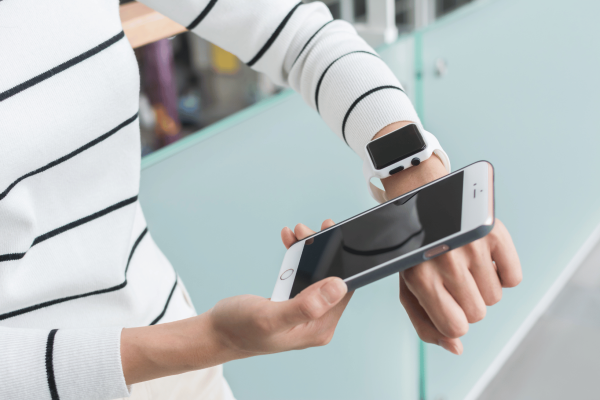The growth of decentralized clinical trial (DCT) strategies may be happening slower than many expected, but it is definitely happening. Every day, research teams are discovering the value of technologies and approaches that allow patients to participate in studies from wherever they live. Remote data collection, including eConsent, ePRO (electronic patient reported outcome reports), virtual visits, and the use of wearable devices are increasing access to clinical trials for patients all over the world and allowing study teams to gather more data than ever. As research teams become more comfortable with DCT solutions, they are finding them particularly useful for studies dealing with certain therapeutic indications. One such indication is diabetes.
Better Access for the Diverse Population of Diabetes Patients
Diabetes affects millions of people. In the United States alone, approximately 38 million people are diagnosed with the disease – roughly 11 percent of the entire U.S. population. Globally, the number is over 500 million people. The use of DCT methods to study new treatments for diabetes gives researchers the ability to reach beyond the geographies of traditional study sites to reach the full, global population of diabetes patients. This is critical due to the broad diversity present within this group. Employing DCT methods to diabetes trials helps us build more representative participant populations, ultimately giving us a more complete picture of how patients of different genders, ethnicities, and backgrounds may respond to treatment.
Increased Patient Engagement and Retention
Travel burden and time commitment are often key reasons for high dropout rates in wholly site-based trials. DCTs can utilize many user-friendly technology platforms that allow participants to easily provide data from wherever they are. Clinicians can interact with patients via a video visit for a quick diabetic wound check. Smart device apps can prompt patients to enter outcome assessments that take just a few minutes. This not only reduces the need for time-consuming clinic visits, but also allows study teams to collect outcome report data much more frequently without adding impractical burdens on participants. More frequent data collection helps to identify trends and risks much more quickly than relying only on in-clinic assessments.
As many of these approaches are already embracing the Internet of Things, a lot of the touchpoints common for diabetes patients can interact with each other with minimal input necessary from the patient themselves. Glucose monitors can share data directly and automatically with an app running on a smart device or laptop. Solutions like TrialKit, for example, make it possible for researchers to easily connect all of these touchpoints and move data into the study database in real time.
Cost-Effectiveness and Efficiency
From a logistical standpoint, DCT elements can make studies more cost-effective and efficient than traditional site-centric trials. The ease of engaging with patients via DCT technology allows researchers to do more with leaner resources. More frequent data collection via DCT solutions also helps teams discover troubling trends more quickly. They can know sooner when to reach out to patients to help them solve issues that jeopardize enrollment. They can also spot the potential for adverse events more quickly, giving the team the information needed for fast decisions, decisions that can protect patients and keep the study from failing. Lastly, the use of digital platforms that pull together and integrate data from all sources (DCT and in-clinic), help to reduce the time from study initiation to completion.
Scalability and Flexibility
With DCT approaches, researchers can easily adjust study parameters or scale up the participant pool without significant logistical hurdles. This adaptability is extremely beneficial to diabetes researchers who can be working with populations from any country in the world at any given time. Study teams can deploy DCT solutions to new geographies or quickly transition from one DCT approach to another and count on the ability to seamlessly integrate new data sources into the study.
Tracking Post-Approval Outcomes
DCT elements make it much easier to collect meaningful data after the therapy has been approved. This is crucial for understanding how diabetes treatments perform long-term and identifying potential risks years after treatment. DCT methods make collecting post-approval data much less burdensome for patients, and in the cases of some unobtrusive wearable devices, not burdensome at all. The data gathered in the years after the trial not only help to enhance patient safety, but can also help researchers identify potential other indications for their therapy.
Conclusion
As technology platforms continue to evolve, the potential of DCTs in driving forward diabetes research and treatment is boundless. Clinical trial technology platforms like TrialKit make it possible for study teams to begin integrating DCT methods into their trials right away. By leveraging these technologies to enhance patient access, engagement, and the collection of more data points than ever before possible, researchers can design studies for new diabetes treatments that are safer, more efficient, and more effective.
Learn more about running DCTs using TrialKit today.




